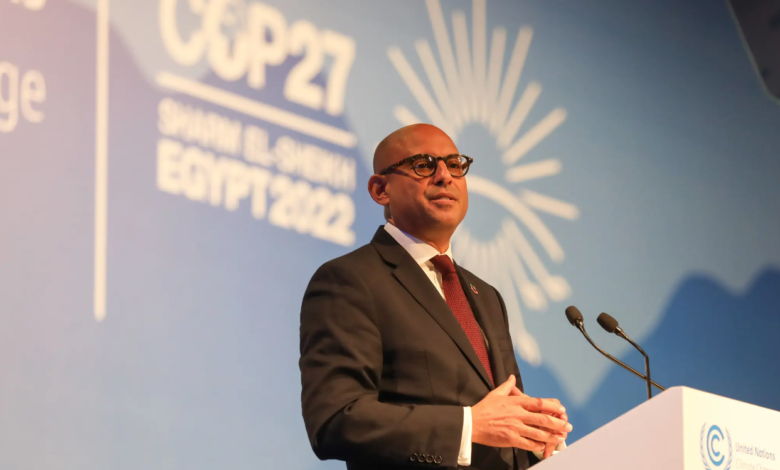
The COP29 will decide the shape and content of climate finance post-2025
(sustainabilityenvironment.com) – At least $ 2,400 billion per year by 2030. Net of contributions that could come from China. The climate finance post-2025 negotiations at COP29 in Baku should start from this figure. This was said by Simon Stiell, executive secretary of the UN Framework Convention on Climate Change (UNFCCC): it is the first strong stance on what will become the hottest topic of the next climate conference.
“We have to spend the year working collectively to evolve our global financial system so that it is fit for purpose, with a clear plan to significantly implement the climate transition,” said Stiell, pointing out that “To make this transition we need money, and in abundance”.
Post-2025 climate finance needs $2,400 billion a year
$2,400 billion a year. Figure that Stiell takes from the 2nd report of the Independent High-Level Expert Group on Climate Finance published in early December, the most up-to-date summary on the state of climate finance and the steps to be taken in this area to achieve the Paris objectives. Stiell’s intervention is significant because it is precisely on the amount of climate finance that states continue to have differences. And without an order of magnitude, it’s complicated to even start negotiating.
At the Cop28 in Dubai, the climate finance post-2025 negotiation path has produced a few significant steps forward (while the bulk of efforts has focused on the other leg, the loss and damage fund made operational in Dubai). In particular, there were no numbers: how much must be put on the table, who must contribute and to what extent, who is entitled to receive the money?
Also, countries with more advanced economies have already struggled to reach the target of 100 billion per year by 2020 (a goal crossed only last year, 3 years behind). It is now a question of mobilizing 24 times more investment.
“Whether it’s reducing emissions or strengthening climate resilience, it’s already clear that finance is the determining factor in the global climate fight – in terms of quantity, quality and innovation. Indeed, without further funding, the climate successes achieved in 2023 will quickly fade away and become empty promises,” Stiell stressed. “We need streams – not trickles – of climate finance”.
Three stakes for climate finance negotiations at COP29
Second stake: “clear progress must be made to address investment risk assessment“, but it is also necessary to identify “innovative sectoral funding sources and creative mechanisms to address unreasonable debt burdens”. In a nutshell, Stiell recalls that to mobilize the necessary climate finance we need to reform the architecture of global finance, starting with the major institutions such as the World Bank and regional development banks. Otherwise it will not go far.
“2024 is the year multi-lateral development banks must demonstrate – with concrete actions – their centrality in the world’s climate fight, and their determination to deliver impact at scale“.
And all of this will have to be done with care not to create new debt traps for countries receiving aid under the post-2025 climate finance scheme. Here’s the third stake. These same global financial institutions “should take bold steps towards financial innovation that will double, if not triple, their collective financial capacity by 2030 – particularly with respect to grants and concessional finance”, that is, the forms of aid that least affect the national debt of the countries receiving aid.





